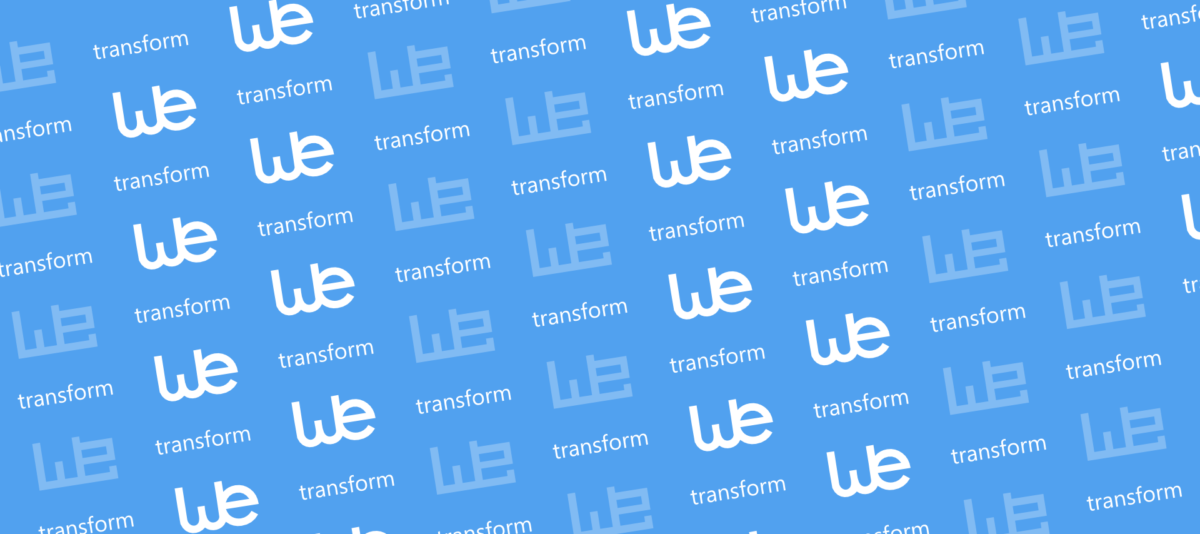
Interview: About trends in the GeoICT market, smeSpire marketplaces and startups in Europe
Giacomo Martirano of Epsilon Italia, who was recently so kind to make a guest post about GeoSmartCity here, has interviewed me. We reproduce this interview here with his permission.
Giacomo: Thorsten, what’s your perspective on the geoICT market trend in the short, medium and long term in Europe?

Thorsten: I don’t trust experts, particularly not myself, when they make predictions. So, I’ll try to stick to some observations instead:
- There is a continued process of integration of geoICT into the larger ICT context. Spatial functionality has become standard in many non-GIS products, like analytics dashboards, customer relationship management software, databases and spreadsheets. Spatial analysis methods become accessible to non-GIS experts.
- There is a proliferation of high-quality sensors on cheap platforms, which means we can get unprecedented amounts of spatial data, especially 3D data. What’s lagging is the software required to get information from such data, but the recent advances in hardware and software for machine learning will open pathways here.
- As we’re shifting towards cloud-based ecosystems, we see a continuous process of integration across all kinds of infrastructures that were silos previously. Well-documented, easy-to-use APIs and formats do become the norm, and will make it easier to build new services. Look at how APIs like Google Maps or ArcGIS online are documented – that’s a hundred times more useful than a 600 page PDF
In Europe in particular, I’d like to see more GeoICT SMEs and startups that really try to scale, to go after large problems and markets and then conquer them. GeoICT is notoriously hard to disrupt (ask Google), but for many problems we currently face we can surely build much, much better solutions and business models.
Giacomo: Which is in your opinion the role played so far by INSPIRE in the geoICT marketplace and the role it can play in the future? What worked well and what didn’t so far?
Thorsten: I think INSPIRE presents a great opportunity, as a baseline infrastructure for all kinds of activities, ranging from efficient intra-administration processes and international, unified reporting to fast and simple data procurement for businesses. It can act as an enabler for innovative geoICT companies like ours.
That being said, the initiative was not aligned very well with existing technology, which created quite friction and delays in adoption. The technical guidance is often perceived as being too complex, so a lot of work was done to simplify things again, like the introduction of file-based Download Services. This trend still continues, with initiatives to add other encodings than XML for simpler web-based processing.
To date, INSPIRE mostly meant business for service companies. Large parts of the infrastructure have been built on custom solutions, which is following a trend in the geospatial domain. On the one hand, we have a couple of very large software providers with COTS solutions, on the other hand we have lots and lots of custom code. The COTS solutions are often slow to adapt to new requirements such as fulfilling the INSPIRE requirements, because they have many competing needs, and because their architecture is no good match for INSPIRE. The custom solutions require high effort to maintain – you can never just purchase a solution, but have to find a service provider and pay them for building your solution. This generally also takes a lot of time, on average 18 months. Compare that to a cloud solution like hale»connect, where you register and can get started publishing services in minutes!
Giacomo: Which is in your opinion the role that open source solutions can play to support the European geoICT market in general and to enable successful INSPIRE implementations in particular?
Thorsten: Open Source is not a differentiator anymore, at least not a large one. Instead, Open Source has become the foundation for basically all products out there. Even “old-school” commercial software is increasingly built on Open Source foundations. Open Source is also a great basis for collaboration. In Europe, most geoICT companies are small and benefit enormously from collaboration. As an example, we worked with GeoSolutions to create a hale»studio and GeoServer integration that benefitted both Open Source projects.
Giacomo: Which role can geoICT SMEs play to grow the European geoICT market?
Thorsten: They have to be innovative, both in terms of technology and in terms of business models. They should solve big societal issues and find out how to make a sustainable business from that. There are dozens, if not hundreds, of startups that are addressing the Carbon Economy and Climate Change. That’s one interesting field. They also need to play a key role in empowering citizens and in communication with stakeholders. One project we’re currently involved in is called Smarticipate, and it’s about enabling citizens to enter a dialog with their smart city! Use spatial data and INSPIRE infrastructures to help explain and manage the current crises!
Giacomo: Can a network such as smeSpire be functional to a successful INSPIRE implementation in the Member States? If yes, how?
Thorsten: smeSpire first has to show value to its members and associates. This can take many forms, such as lobbying, offering services like a GeoICT tender watch, providing a lively forum online and at events, or support marketing activities. The creation of a smeSpire marketplace might be a really powerful way of providing value. Given that smeSpire has shown its value, it can be highly functional to enable collaboration and effective implementation – for customers and companies alike, and not just for INSPIRE, but for other large-scale initiatives as well!

